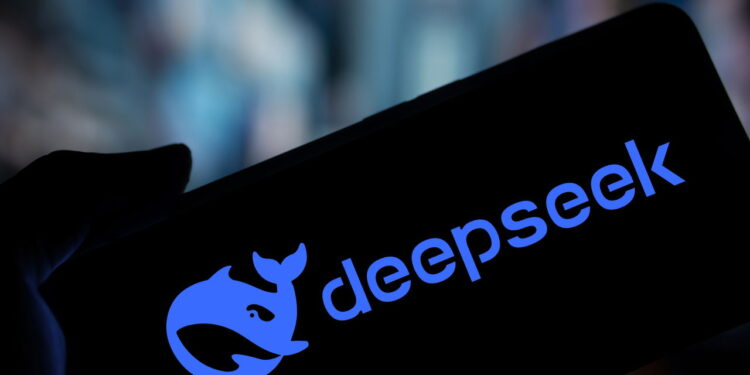The world of innovation doesn’t take a break. While we were all watching the evolution of Agentic AI closely, a new disruption emerged along the way. And in the generative AI universe no less. It is DeepSeek, the Chinese competitor to models such as GPT-4, Claude and Gemini.

Beyond its ability to understand and generate accurate answers, something we have already seen, this new alternative stands out for its computational efficiency: it is an efficient and low-cost model. Indeed, DeepSeek was designed to optimize the use of resources.
For reference, we can compare its performance with that of the leading company in this segment. In just two months, DeepSeek managed to train a model with 671 billion parameters with an investment of US $5.6 million in hardware. OpenAI, to achieve similar results, had to invest US $80 million, almost 16 times more.
At the core, the MoE architecture
One of the keys to DeepSeek is that it uses the MoE (Mixture of Experts) architecture.
This is a type of artificial intelligence model that uses multiple specialized sub-models, called “experts”. Instead of activating all parameters in each inference, a router decides which experts are best suited to handle a specific input and activates only those. Moreover, these can be assigned to different nodes, allowing parallelization of training across multiple GPUs or TPUs. In this way, DeepSeek manages to optimize the use of computational resources.
Another benefit of MoE is scalability: it allows building larger models without proportionally increasing the cost of inference. At the same time, the specialization of experts promotes more accurate answers while the dynamic selection of these expert models optimizes their speed.
DeepSeek’s sustainable vision
DeepSeek’s appearance on the scene came in the midst of a debate on energy consumption linked to the development of AI.
The topic came up at none other than the recent World Economic Forum held in Davos, Switzerland, with all world leaders and entrepreneurs in attendance.
It was concluded that AI development offers extraordinary capabilities to unlock a more secure, low-carbon energy future. The same communiqué reports that, however, a challenge appears on the way. Short-term energy consumption, required for the computational cycles needed to develop these technologies, “could exacerbate the very problem we are trying to solve.”
DeepSeek breaks this logic. It may not be necessary to create ever more powerful processing infrastructures to unlock innovation.
Thus, this launch cements itself as a giant boost for innovation in different sectors. It democratizes access to AI and demonstrates that the future of industry also lies in the efficiency and sustainability of resource use.
Some suspicions and ideological biases
The phrase “nobody is perfect” applies to DeepSeek. All the benefits it offers are capped when it comes to the biases with which the model seems to have been trained.
Indeed, the ideological biases linked to the Chinese government and Western democracies are neither subtle nor intended to be hidden. In practice, this does not affect, for example, the more technical issues. The technical solutions, code and scripts it proposes are reliable and accurate.
However, at the same time, and at least for the time being, it should be used with care when it comes to content creation.
At Nubiral’s Center of Excellence (CoE) specialized in generative AI, we are already working on understanding how the benefits and potential use cases linked to DeepSeek would apply to your organization.
Conclusions
DeepSeek could represent a paradigm shift in the industry. While it is premature to analyze its real impact, it is very likely that its proposal will “force” its competitors to find more sustainable paths for AI development.
Even with its shortcomings, one thing has already been demonstrated by DeepSeek’s burst onto the scene. The future can be smart and sustainable.
Interested in understanding how this innovation could impact your business? Our experts are waiting for your call: Schedule a meeting!




